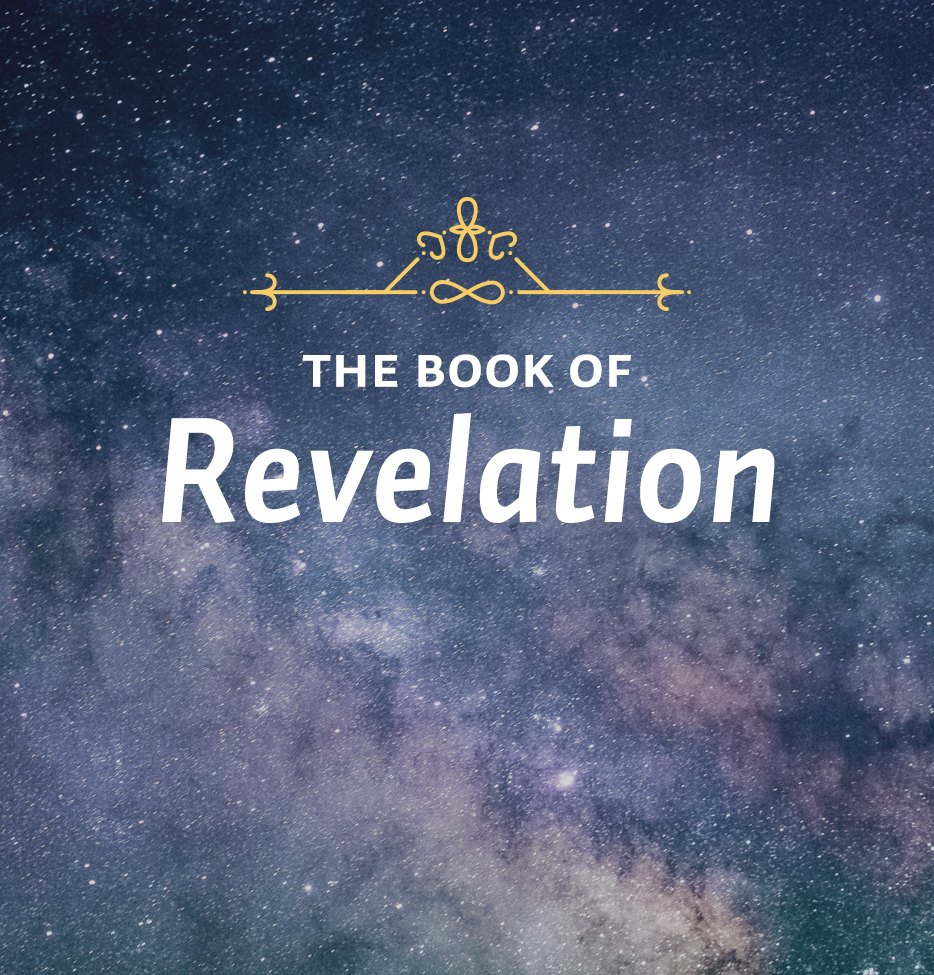The Lion Who Is the LambRevelation 5:1-8Theme: Triumph through suffering.This week’s lessons teach us that Christ is the only one who can implement the eternal plan of God in history.
LessonThere was once a small boy who was very absorbed in drawing and coloring a very elaborate picture. His mother asked him what he was doing. He said, “I’m drawing a picture of God.” She said to him, “That’s very nice, but, you know, nobody knows what God looks like.” And the boy said, “They will now.” Well, nobody does know what God looks like, not even John, who has given us this magnificent Book of Revelation. You’ll notice, for example, that he doesn’t describe God. As a matter of fact, he doesn’t even call him God. He refers to him as someone who is sitting on the throne. We find the phrase, “the one who sat there”; and he says, “him who sits on the throne.” We don’t see God. We don’t know what God is like. Even John doesn’t know.
On the other hand there is one way in which we see God, and that is we see him in Jesus. Just before Jesus was about to go to the cross and eventually return to heaven, Philip, one of his disciples, said, “Lord, show us the Father….” Jesus’ response to Philip was this: “…Anyone who has seen me has seen the Father” (John 14:8-9). And John said in the prologue to his Gospel that no one has ever seen God, but Jesus who is at the Father’s side has made him known.
In Revelation 5 we see Jesus with God on the throne. In the fourth chapter God is introduced as the creator of all things, and the hymns in that chapter are hymns of praise to God as the Holy One, and also as the Creator. When we get to chapter 5, we have praise given to Jesus Christ for who he is in himself and as the Redeemer. When we get to the very end of the chapter we’re going to find a hymn of praise to both the Father and the Son combined. In chapter 5, verse 13, we read: “To him who sits on the throne and to the Lamb be praise and honor and glory and power for ever and ever!”
Both of these chapters are very important for understanding Revelation. They show the relationship of the Father to the Son, for one thing. But what they do over and above that is show Jesus’ role as unfolding, carrying on, and implementing the eternal plan of God in history. Chapter 5 begins with a vision of a scroll. No one is worthy to open the scroll. No one can reveal its contents or put the flow of history that it contains into motion. But Jesus is worthy, and the reason for that is that he has won the battle by his death on the cross and by his resurrection. And so he comes to do what only he can do.
Now, we don’t need Jesus to tell us that life is filled with troubles, but we do need him to guarantee that the suffering of God’s people is not without meaning. It has a purpose that actually fits into that eternal plan. And that’s what we have in these chapters.
We have this scroll. There are five major interpretations of what this scroll might be. The first is that it’s Christ’s last will and testament. The reason for that is that in the ancient world, especially under Roman law, a will was generally sealed with seven seals. So here you have a scroll with seven seals. Scholars who are familiar with ancient trivia immediately say that this must be Christ’s last will and testament. And indeed, there are other passages in the Bible that suggest there is an inheritance that we receive from Christ’s hand. The problem with that interpretation is that when Jesus begins to break the seals and disclose the contents of the scroll, it has nothing whatsoever to do with the arrival of the kingdom; rather it has to do with the outpouring of God’s judgments on the earth.
The second interpretation is that the scroll is the book of the redeemed. People connect it to the Lamb’s Book of Life, the book that contains the names of those who have been saved. But this interpretation of the scroll has the same weakness as the first interpretation. When Christ breaks the seals, there’s no mention of any names of the redeemed in heaven.
Study Questions
How does John refer to God in this book?
How can we know what God is like?
What is Jesus’ role as depicted in the Book of Revelation?
What are the first two interpretations of what the scroll in this passage might be? Why do they both fall short?






